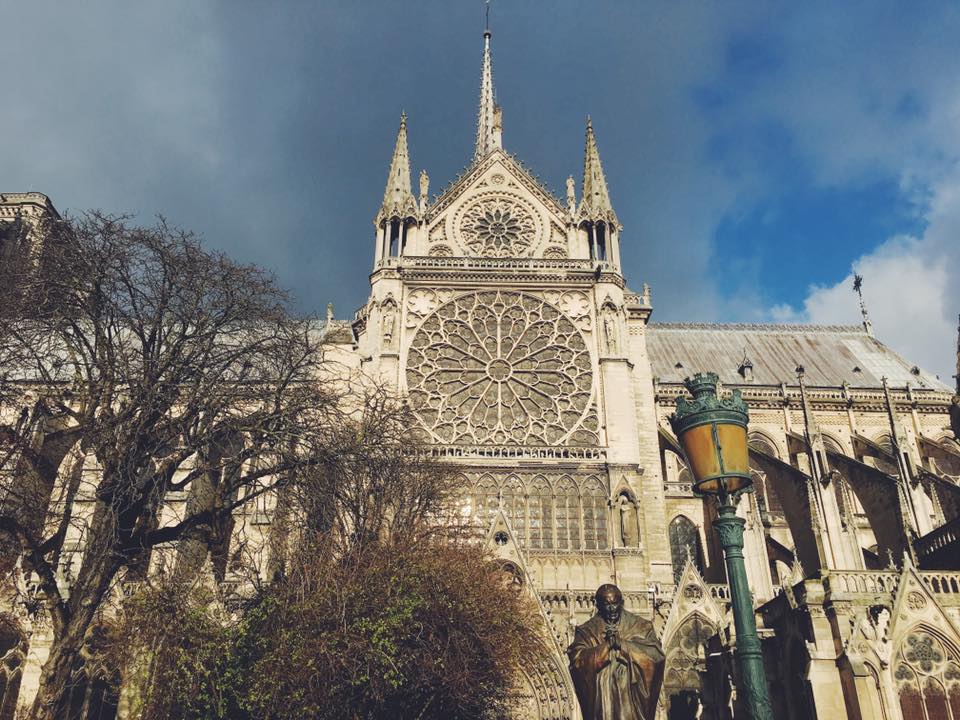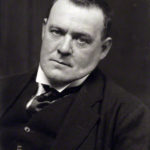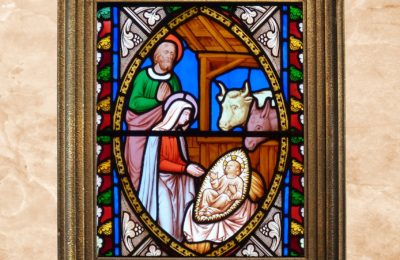In 1163, our Catholic ancestors broke ground on Notre-Dame de Paris. This Grand Lady was completed in 1345. It has stood for eight hundred (+) years, speaking to the living as a testament, a tombstone to the persons who built her, to their belief in the Truths of the Catholic Faith.
G.K. Chesterton spoke about the democracy of the dead, the idea that our good ancestors held certain beliefs and stuck with certain traditions; and we ought to consider these beliefs and traditions, not merely dismissing them simply because our ancestors are dead. He said that our ancestors vote with their tombstones, as their tombstones are marked with the cross:
“Tradition means giving votes to the most obscure of all classes, our ancestors. It is the democracy of the dead. Tradition refuses to submit to the small and arrogant oligarchy of those who merely happen to be walking about. All democrats object to men being disqualified by the accident of birth; tradition objects to their being disqualified by the accident of death. Democracy tells us not to neglect a good man’s opinion, even if he is our groom; tradition asks us not to neglect a good man’s opinion, even if he is our father. I, at any rate, cannot separate the two ideas of democracy and tradition; it seems evident to me that they are the same idea. We will have the dead at our councils. The ancient Greeks voted by stones; these shall vote by tombstones. It is all quite regular and official, for most tombstones, like most ballot papers, are marked with a cross.” (G. K. Chesterton)
The Grand Lady, Notre-Dame de Paris, is a rather large Catholic voting tombstone that tells us that our eight hundred year old ancestors believed in the Truths of the Roman Catholic Faith.
A truly democratic person would take this voting tombstone seriously.
•SCF






